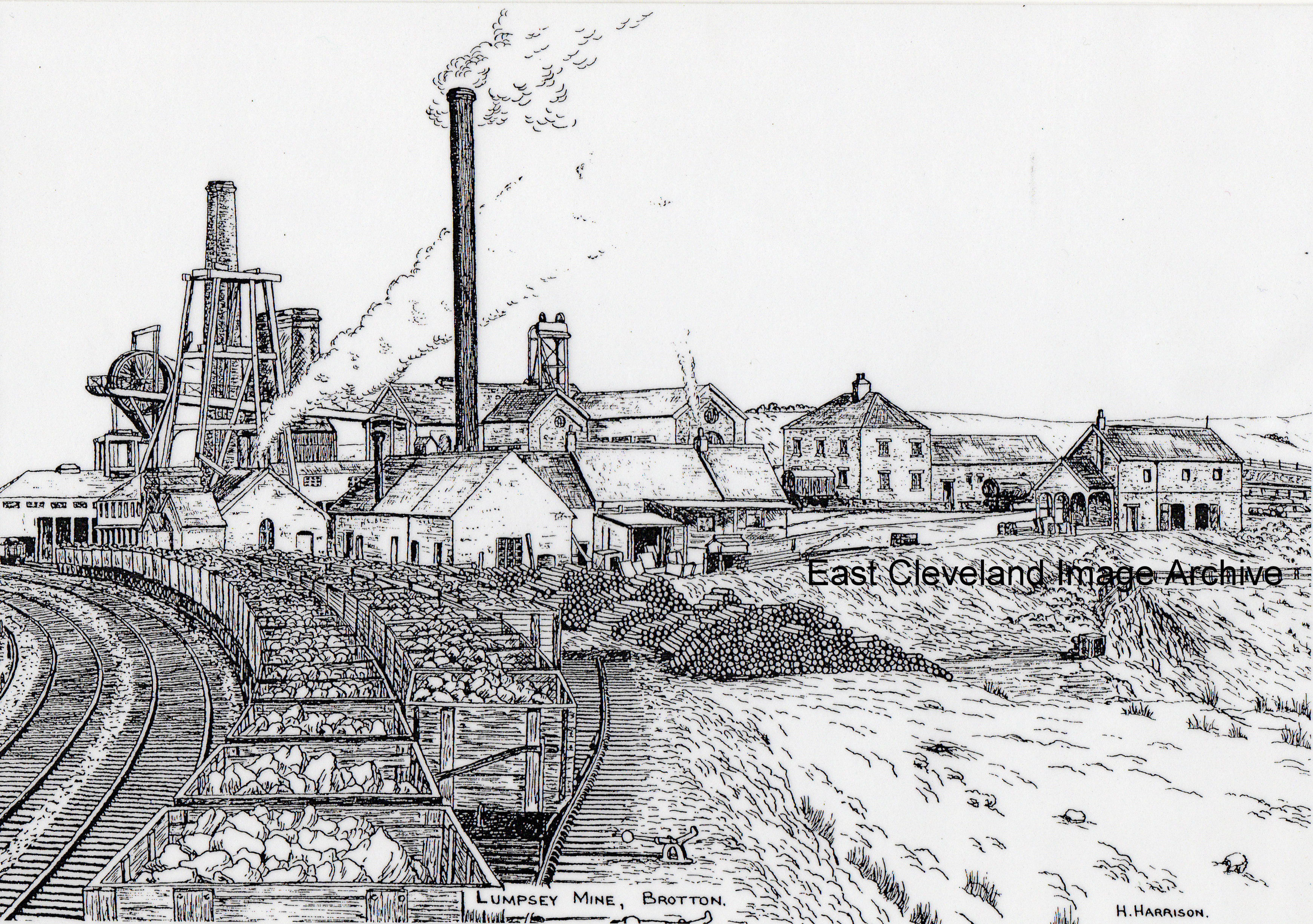
Another drawing by Mr Harrison, this time of Lumpsey mine from the south; look at all those pit props carefully drawn.
Image courtesy of Joan Webster.
|
|
||
 Another drawing by Mr Harrison, this time of Lumpsey mine from the south; look at all those pit props carefully drawn.  An image of Brotton Lumpsey Mine, the Archive was unsure of the date; Eric Johnson suggested: “Perhaps taken during the general strike of 1926; the three officers on the right with lanyards appear to be Police Officers, the others in different uniforms might be “Specials”. If it is the general strike the two workers on the right near the mine tubs would be called a not very nice name. but why so many officers at Lumpsey?” We have been advised by Simon Chapman: ”The pump house between the shafts was built in 1908, the main headgear was replaced by steel in 1918, so the picture was taken between these two dates. My guess is 1912.” Image courtesy of Derick Pearson (also the David Linton Collection and the Pem Holliday Collection); thanks to Eric Johnson and Simon Chapman for the updates. 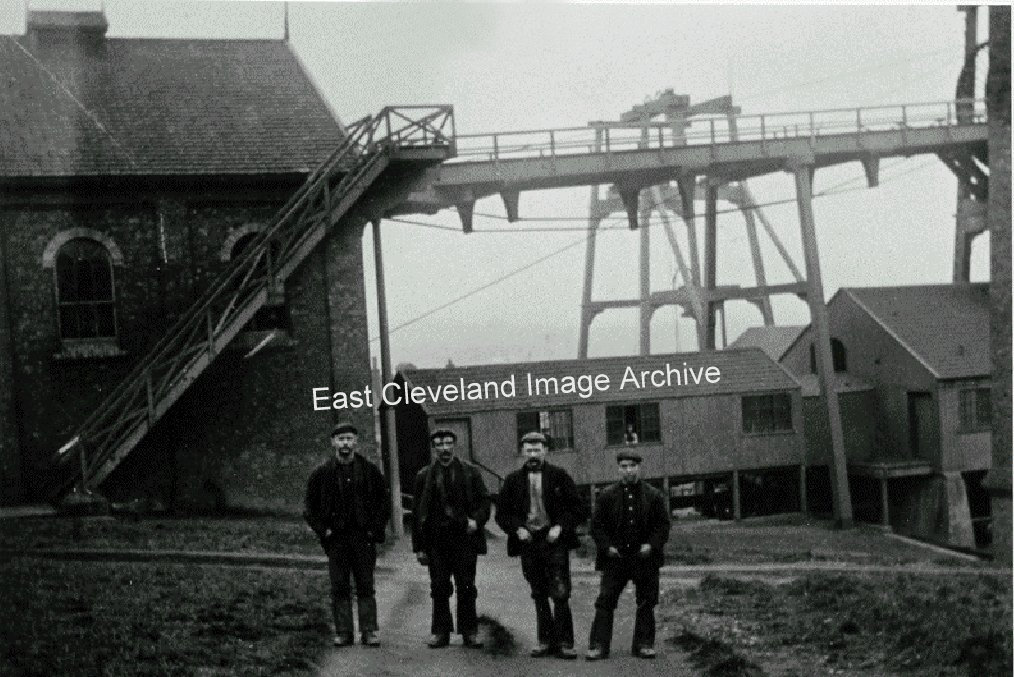 A further lovely photograph showing some of the buildings of Lumpsey Mine; with four of the workmen. 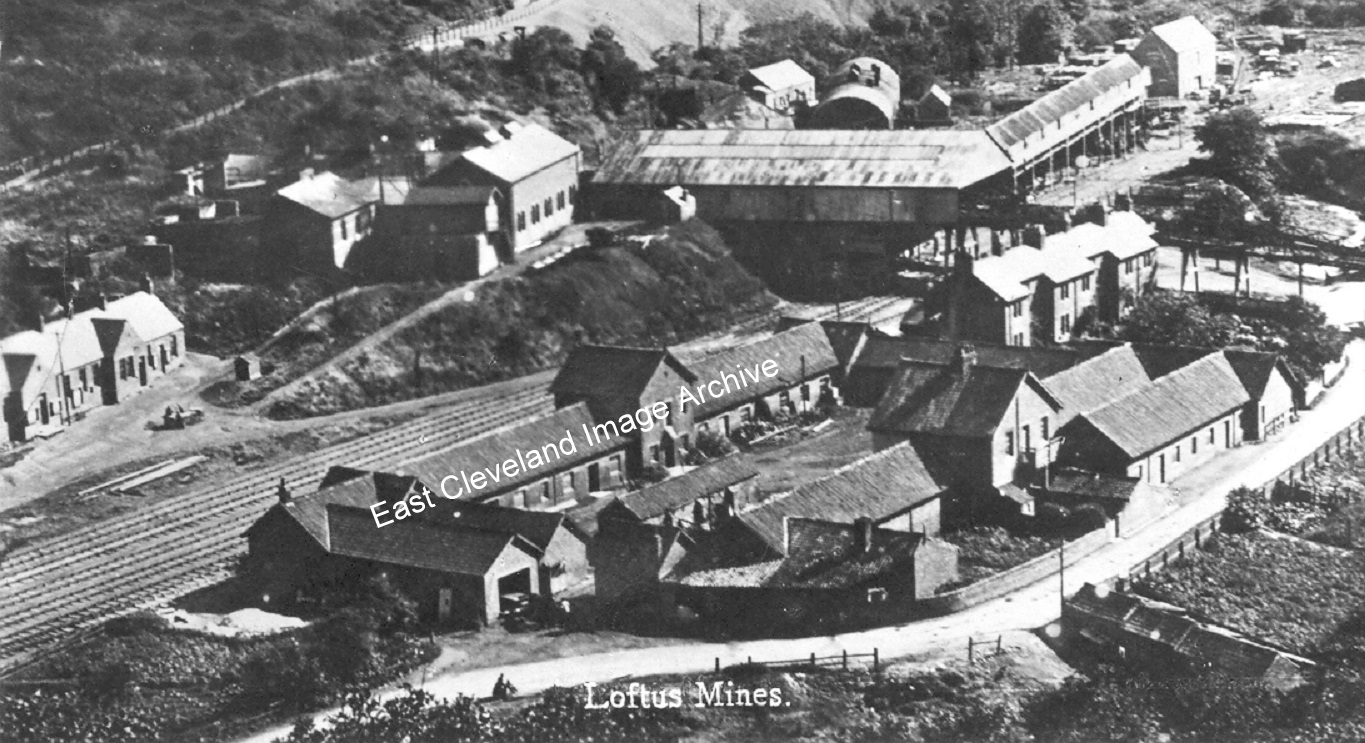 Skinningrove Mine, from Carlin How once again (this time captioned ”Loftus Mines”) the stables are centre foreground with Overmen’s Cottages behind them (lovingly named ”Hoss Muck Row” by the locals, for obvious reasons); behind that the picking belt and heapstead. Dating from c.1903 this view is much changed, in more recent times part of the remaining buildings have been converted to living accommodation and the renowned ‘Kaskane/Covell’s Bar’. 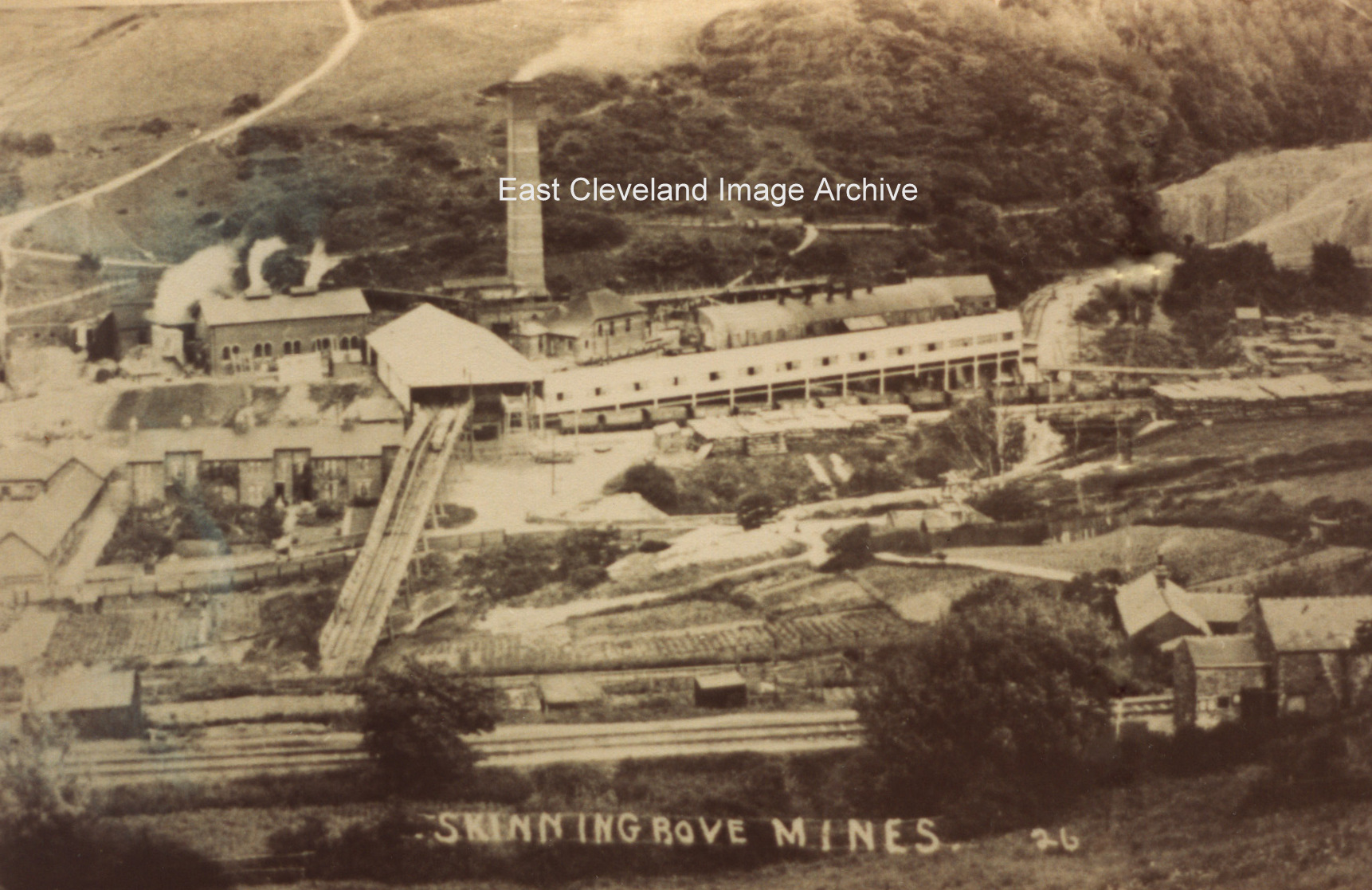 Another image of Skinningrove Mine, looking straight down onto it from Carlin How. The ”Zig-Zag” in the foreground with Duckhole just on the right. The stables left middle with Overmen’s Cottages next to them. Deepdale woods and the shale heap are right background. 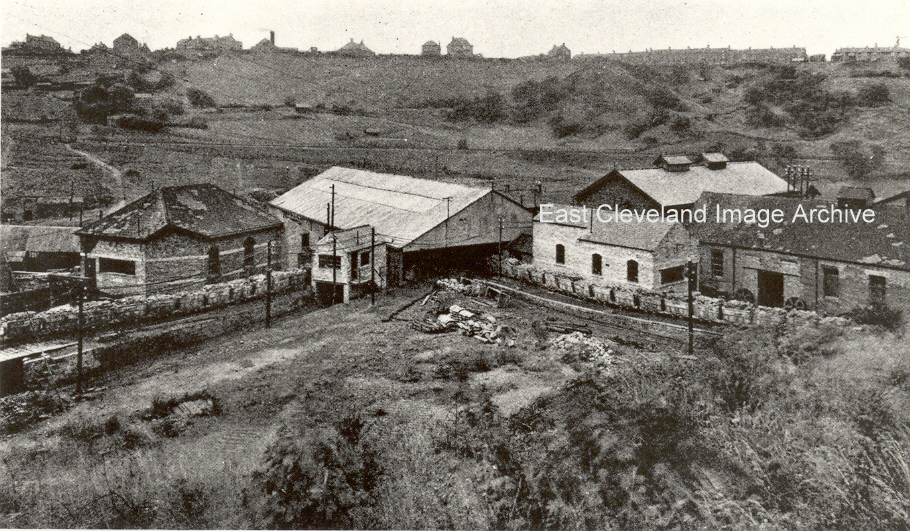 I’d never seen a view from this angle before and I’m still trying to get to grips with it. Carlin How in the background, with the ”Zig-Zag” cutting across the middle of the picture. The building directly in front is the loading shed where the iron ore was loaded into standard gauge wagons. I think I need help with this one please! The image was taken from the road which passes above Deepdale woods down to Skinningrove village. Peter Appleton asks: “Would the set of tubs leaving the image centre-right be using the north drift? Are the roofs and chimney stacks just to the left of the “E” of East, the Overmen’s Terrace cottages?“ Image courtesy of Joyce Dobson and Keith Bowers, thanks to Peter Appleton for the update. 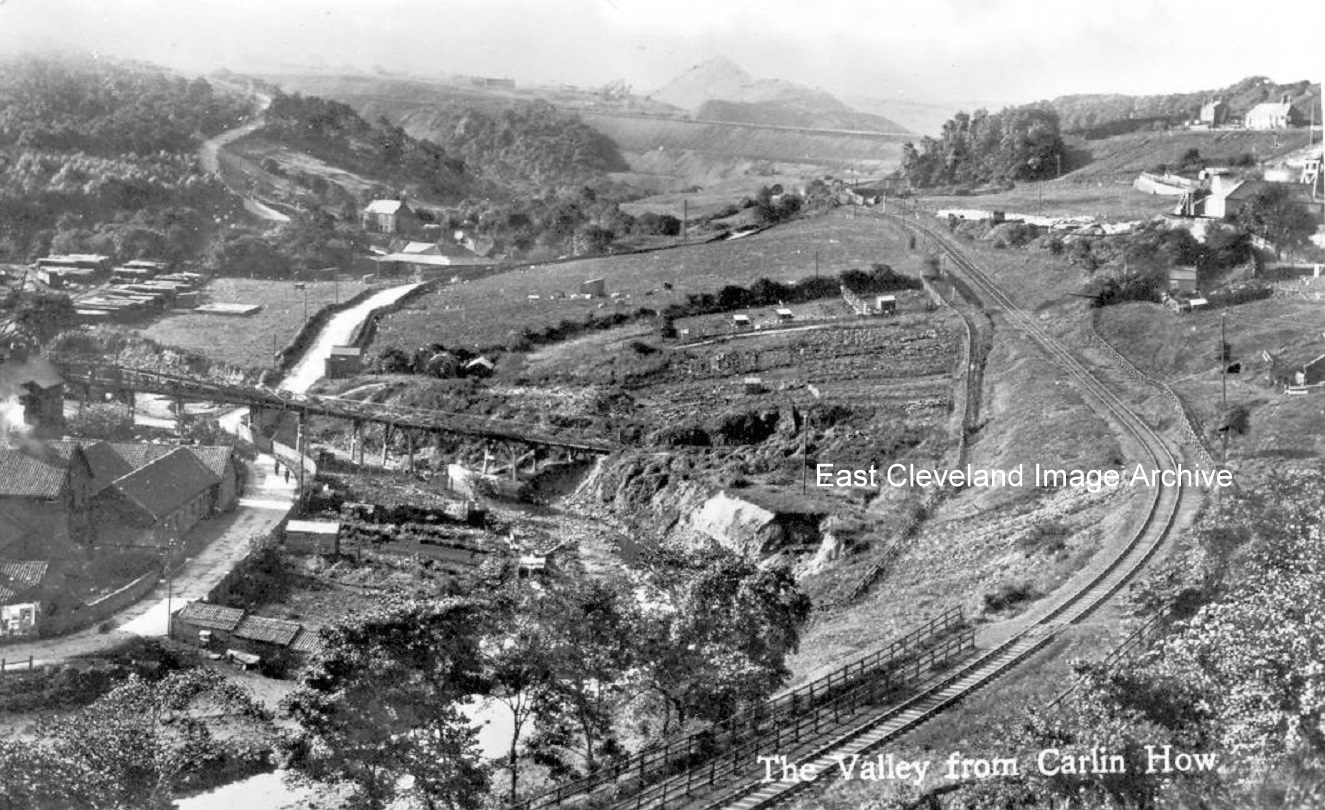 A good image of Skinningrove valley, post-1911 and pre WWI (no signs of the army camp on the field below the railway), showing just how busy this little valley was! The picture very obviously taken from Carlin How; on the left we have Skinningrove Mine, with the stables and just visible the Overmen’s Houses and on the right we have Duckhole Pit just coming into the picture. Kilton Mill takes the stage left of centre in the middle, the viaduct (now an embankment) away in the background and towering over it all in the haze is Liverton Mines shale heap. The sweep of rail track cutting through the image is the middle section of the ”Zig-Zag”. Image courtesy of the Pem Holliday Collection. 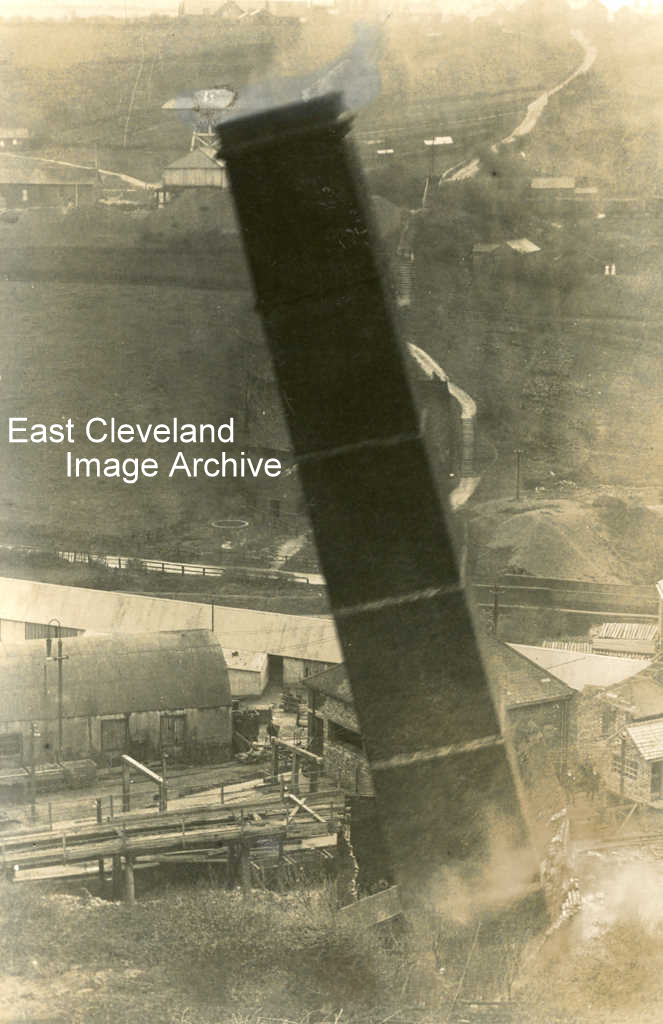 A close view of the chimney Loftus (Skinningrove) mine being felled in 1912. As it slowly falls, in the background can be seen the Staple shaft of “Duckhole” mine. The footpath linking from Carlin How (beside the former Wesleyan Chapel is also visible. Duckhole mine was eventually linked to Lumpsey mine at Brotton, and worked from that shaft. To the Image courtesy of Cleveland Ironstone Mining Museum. 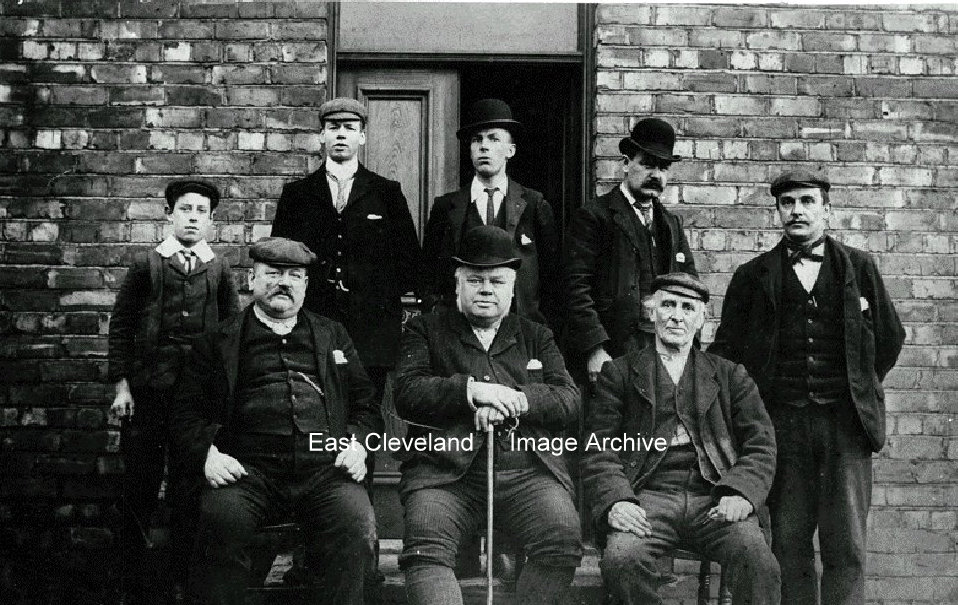 The Mine Manager and various officials of Lumpsey Pit. Standing: ??, William Stephens, ??, ??, Mr Ralph Clough Jnr (son of Mr Clough Lumpsey Mine Engineer – 1911 Census lists Ralph as an Enginewright). Seated: Mr. Robert Clough (Engineer), Mr. Dixon (Manager), ??. Simon Chapman advises us: ” Mr Stephens is the chap standing at the left with the light-coloured cap and the well-starched collar. The chap standing at the right with the bowler hat and the bushy moustache I think was Mr Clough, son of the engineer sitting front left.” Rod Umpleby tells us: ”William Stephens who was shown previously in the photograph 1906 of the closure of Huntcliffe Mine. He was described as later cashier at Lumsey Mine. He was my great-great uncle and the 1911 census gave his occupation as mines treasurer.” Image courtesy of the Pem Holliday Collection, thanks to Simon Chapman and Rod Umpleby for these updates and can anybody assist with any more names and information? 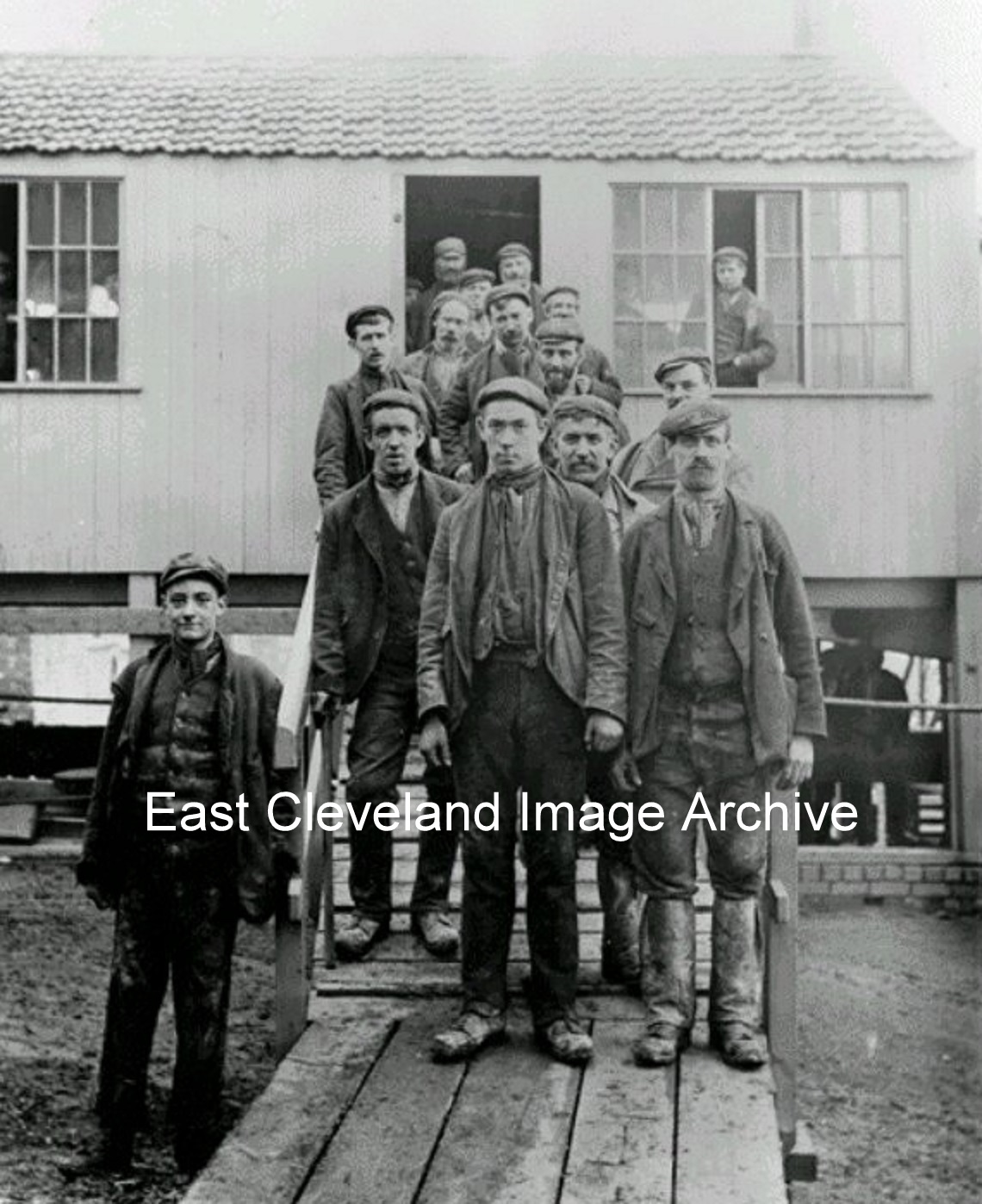 A further image of workmen at Lumpsey Mine, again in 1910, but can you name any of the men? |
||
Recent Comments